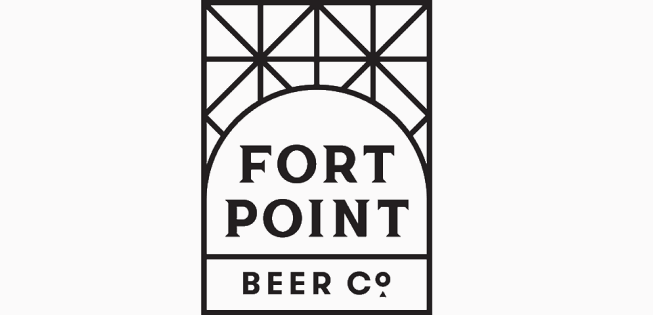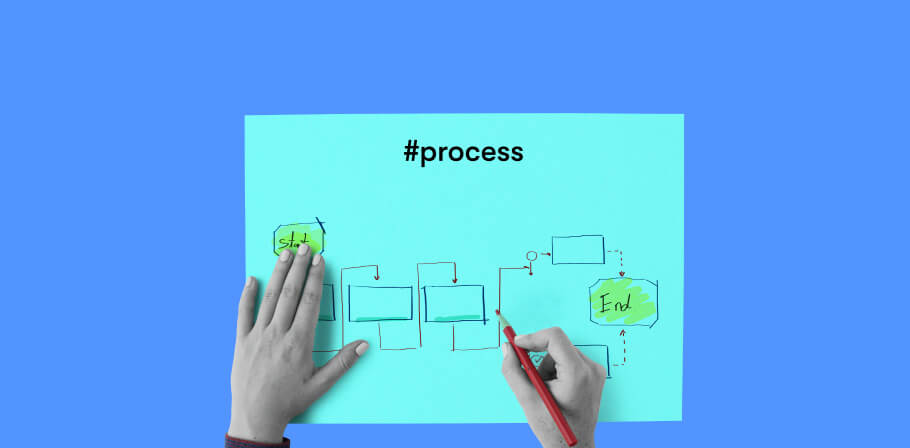GenAI for your software engineering team is here.
Adopt it in 12 weeks or sooner.
comprehensive QA and software testing services
Our comprehensive software testing services are designed to assess your applications' functionality, usability, and security, guaranteeing a seamless user experience and optimal performance.
overall clients rating for quality of service
key facts about our software testing services company
software quality assurance testing services for your project
Elevate the quality and reliability of your software with our comprehensive software quality assurance testing services. Our seasoned QA professionals employ industry best practices to conduct rigorous testing throughout the development life cycle. From requirement analysis to final deployment, we ensure your project meets the highest standards, delivering a seamless user experience and minimizing the risk of defects.
- quality assurance consultingNavigate the complexities of software development with our software QA and consulting services. Whether you're establishing QA frameworks, implementing best practices, or addressing specific challenges, our consulting services are tailored to fortify the quality foundation of your projects. Empower your team with the insights needed to drive excellence in software quality assurance.learn more
- independent software testingEnsure the impartiality and thoroughness of your testing with our independent QA and software testing services. Our dedicated testing teams operate independently from development, offering an unbiased evaluation of your applications. By leveraging diverse testing methodologies, we identify potential issues, enhance software reliability, and provide valuable insights to elevate the overall quality of your software products.learn more
- application testingDeliver flawless applications to your users with our specialized application testing services. We conduct meticulous testing across various scenarios to validate functionality, usability, and performance. From mobile apps to enterprise systems, our testing experts ensure your applications meet user expectations, regulatory standards, and industry requirements. Elevate your software's success by partnering with us for comprehensive application quality assurance and testing services.learn more
- functional testingVerify the functionality of your software with our targeted functional testing services. Our experts meticulously assess individual features and components, ensuring they operate according to specifications. From unit testing to integration testing, our comprehensive approach identifies and rectifies issues early in the development process, minimizing the risk of defects and delivering a robust, high-quality software product.learn more
- test automationAccelerate your testing processes and improve efficiency with our test automation services. We leverage cutting-edge automation tools and frameworks to streamline repetitive testing tasks, reduce time-to-market, and enhance overall test coverage. Our experienced automation engineers ensure the reliability and repeatability of your tests, allowing your team to focus on innovation while maintaining software quality.learn more
- digital testingNavigate the complexities of the digital landscape with our digital testing services. We validate your digital solutions' performance, security, and user experience, from web and mobile applications to IoT devices. Our digital testing experts ensure that your software seamlessly adapts to the evolving digital ecosystem, meeting the expectations of modern users and delivering a competitive edge.learn more
why choose our software testing services
how to engage our QA software testing company
Embark on a seamless journey to elevate your software quality by engaging our top QA software testing services company. Our streamlined process ensures a comprehensive approach to software and compatibility testing, providing you with the confidence that your applications meet the highest standards for functionality, security, and performance.
what our clients say
We at EPAM are happy to deliver excellent results and prove our expertise time and again with clients that range from small and medium to enterprise-size businesses.

We found working with EPAM has been a true partnership, where they’ve proven themselves to be a reliable, trustworthy and hardworking team that has really helped us push the boundary of customer-centric innovation.

The trusted EPAM team has helped us push the boundaries of customer-centric innovation. With programs like Horizon 4, we need the ability of our development partners to stay on track. And EPAM stands for that.

We chose EPAM to develop a native mobile extension of an existing enterprise application. They were able to quickly identify the needs of our project and collaborate with key individuals within our organization to not only deliver the application on-time, but make significant improvements to our existing core application.
what is the difference between black box testing & white box testing?
In software development, testing is pivotal in ensuring applications' reliability, functionality, and security. Two primary methodologies, black box testing, and white box testing, are employed to scrutinize the inner workings of the software. Understanding the fundamental differences between these testing approaches is essential for software developers, software quality assurance company professionals, and anyone involved in the software development life cycle.
black box testing
Imagine a black box — opaque, sealed, and mysterious. Black box testing, much like its namesake, revolves around treating the software as an enigmatic entity. In this testing method, the tester evaluates the system's functionality without delving into the internal code structure. The focus is on inputs and outputs: testers scrutinize the system's responses to various inputs, assessing if it produces the expected results.
The key advantages of black box testing lie in its simplicity and applicability to various skill levels.
Testers do not need intricate knowledge of the system's internal codebase, making it an efficient method for identifying functional issues, user interface glitches, and other external discrepancies. Common black box testing techniques include equivalence partitioning, boundary value analysis, and regression testing.
white box testing
Contrary to black box testing, white box testing opens the proverbial box, exposing the internal workings of the software. Also known as clear box or glass box testing, this approach demands an in-depth understanding of the software's source code. Testers scrutinize the internal logic, structure, and design to evaluate the software's robustness, security, and efficiency.
White box testing is a more intricate process that requires programming skills and knowledge of the software's architecture. This method is instrumental in uncovering issues related to code optimization, security vulnerabilities, and overall code quality. To ensure comprehensive code evaluation, techniques such as statement, branch, and path coverage are commonly employed in white box testing.
comparing the two: which to choose?
The choice between black box and white box testing hinges on the specific goals and requirements of the testing process. Black box testing is ideal for assessing the software's functional aspects, ensuring it meets the specified requirements without delving into the complexities of the internal code. It is particularly useful for end-to-end, system, and user acceptance testing.
On the other hand, white box testing is indispensable for validating the software's internal logic, uncovering vulnerabilities, and optimizing the code for efficiency. This method is crucial for critical applications where security and performance are paramount.
Black box and white box testing are integral components of a comprehensive testing strategy. While black box testing emphasizes external functionality, white box testing delves into the internal intricacies. A balanced testing approach often incorporates elements of both methodologies to ensure a thorough software evaluation, ultimately delivering a reliable and robust end product.
frequently asked questions
related insights


